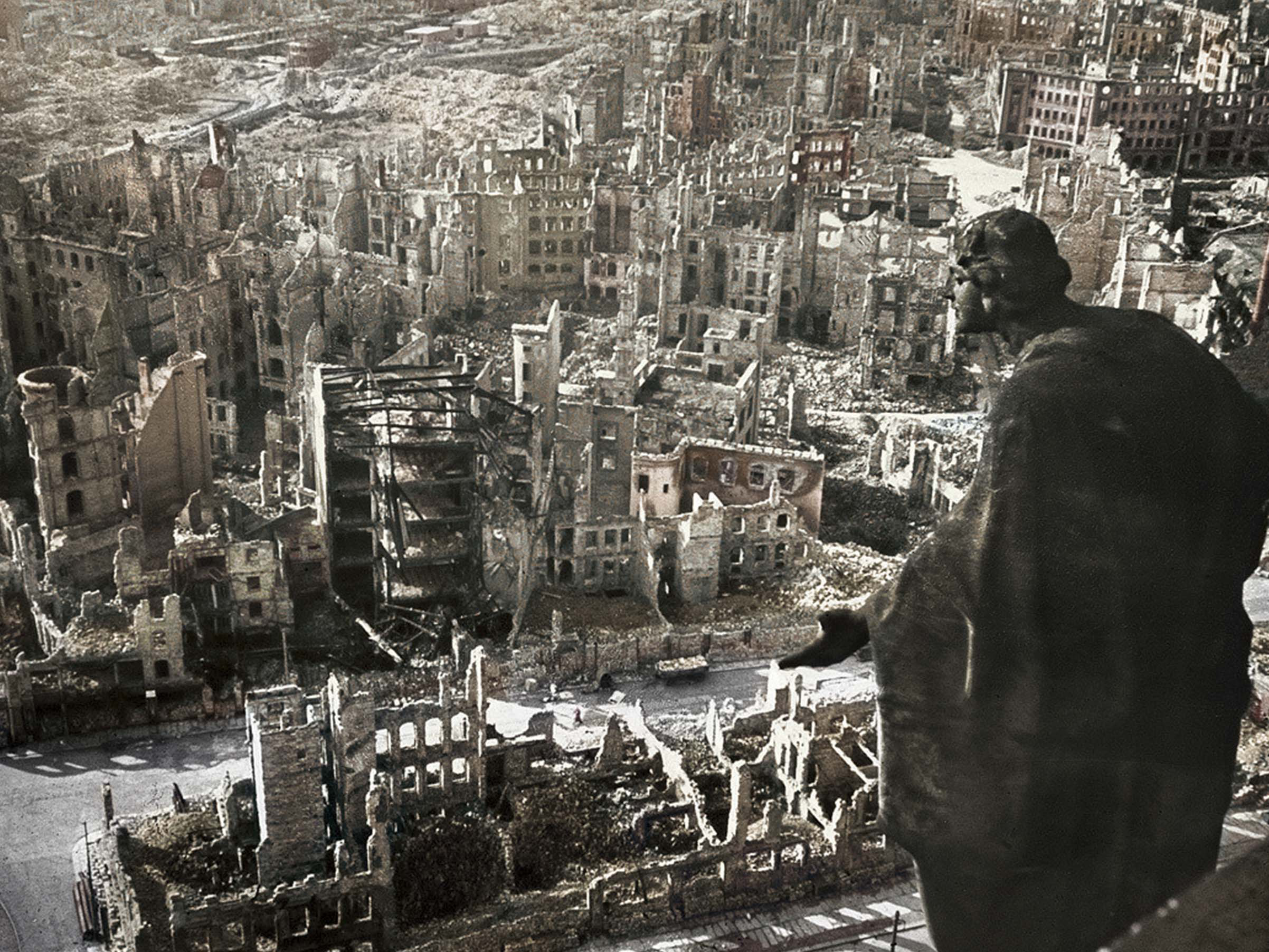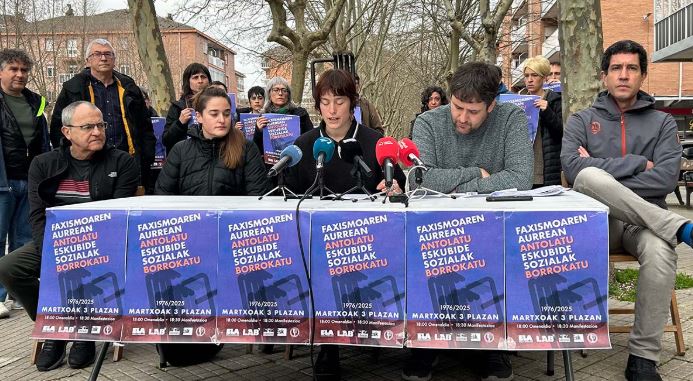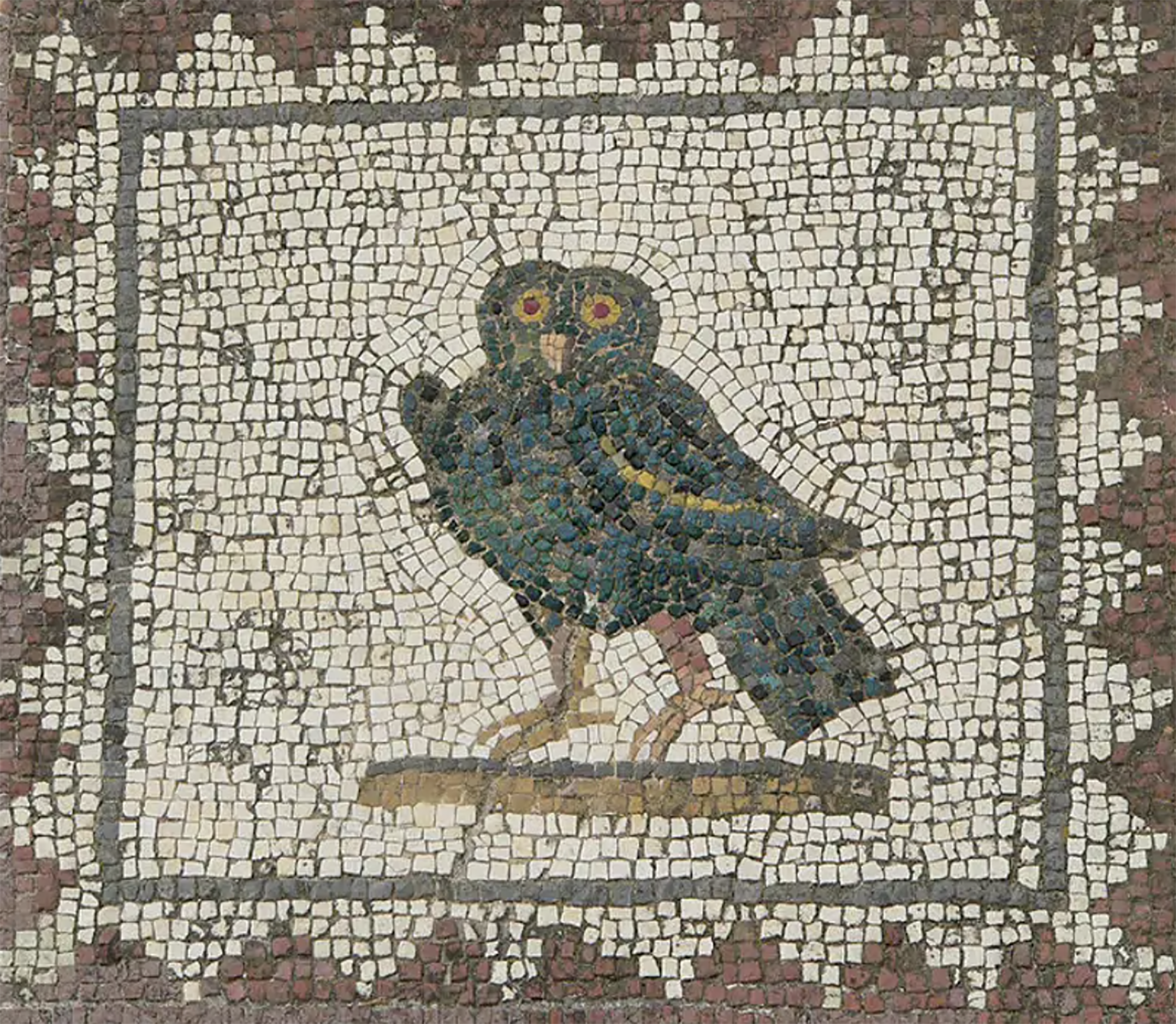The king tried to condemn the coffee

Sweden, 1674. Coffee came to the Nordic country for the first time. For a quarter of a century, few tasted the new drink, but in the first years of the 18th century it became fashionable between the Swedish aristocracy and intellectuals. In 1746, through a royal decree, coffee consumption was limited to avoid “incorrect uses and abuses”. Taxes on coffee were raised at the beginning and then completely banned. But, as in the rest of Europe, coffee consumption continued to rise in the kingdom.
It was not the first coffee ban; in 1675, Carlos II enacted the coffee shop closing law, but it never came into force. The fact is that the king of England did not fear the effects of coffee on health, but the harm that the political tertulias of the cafes could cause to the stability of his government.
In the Swedish court, on the contrary, the concern was the same substance, especially since in 1771 Gustavo III.ak took power. The king considered that coffee represented a danger to public health and found that the drink being swallowed was poisonous and made public the experiment with which he intended to communicate to the people.
At that time, prisons were full of hypothetical human leases, as it was customary to forgive or alleviate the punishment of prisoners in exchange for participating in experiments with limited guarantees. The king's representatives found two twin brothers sentenced to death to test their theory of Gustavo's coffee III.aren. One would drink the tea three times a day and the other would drink the coffee. And they appointed two doctors to have the twins undergo the corresponding medical tests.
The years passed and the mellizo, forced to drink coffee, was still in good shape. Indeed, the king was the first to die in the operations related to the experiment. In 1792 he was shot in the Stockholm opera house that he himself had built and died fifteen days later, demonstrating that bullets are more deadly than coffee.
After the death of the two doctors of the project, the experiment was completed. Kaianders Sempler and Alon Y. According to historians Halevi, the mellizo who drank tea died at the age of 83, while his brother, who still drank coffee, still lived, and there is no news of his death.
The experiment that coffee was a poison failed, like all attempts by Gustavo's successors III.aren to ban consumption until in the 1820s the beverage was legalized; today the Swedes are the sixth in the world in the consumption of coffee per capita.
Urruña, 1750eko martxoaren 1a. Herriko hainbat emakumek kaleak hartu zituzten Frantziako Gobernuak ezarritako tabakoaren gaineko zergaren aurka protesta egiteko. Gobernuak matxinada itzaltzeko armada bidaltzea erabaki zuen, zehazki, Arloneko destakamentu bat. Militarrek... [+]
Ezpatak, labanak, kaskoak, fusilak, pistolak, kanoiak, munizioak, lehergailuak, uniformeak, armadurak, ezkutuak, babesak, zaldunak, hegazkinak eta tankeak. Han eta hemen, bada jende klase bat historia militarrarekin liluratuta dagoena. Gehien-gehienak, historia-zaleak izaten... [+]
In the Maszycka cave in Poland, remains of 18,000 years ago were found at the end of the 19th century. But recently, human bones have been studied using new technologies and found clear signs of cannibalism.
This is not the first time that a study has reached this conclusion,... [+]
Porzheim, Germany, February 23, 1945. About eight o’clock in the evening, Allied planes began bombing the city with incendiary bombs. The attack caused a terrible massacre in a short time. But what happened in Pforzheim was overshadowed by the Allied bombing of Dresden a few... [+]
Poloniar ikerlari talde batek Sevillako Italica aztarnategiko Txorien Etxea aztertu du, eta eraikinaren zoruko mosaikoak erromatar garaiko hegazti-bilduma xeheena dela ondorioztatu du.
Txorien etxean 33 hegazti daude mosaikoetan xehetasun handiz irudikatuta. Beste... [+]
Judea, 2nd century AD. In the turbulent atmosphere of the Roman province, a trial was held against Gaddaliah and Saul, accused of fraud and tax evasion. The trial was reported on a 133-line paper in Greek (pictured). Thinking that it was a Nabataean document, the papyrus was... [+]
Vietnam, February 7, 1965. The U.S. Air Force first used napalma against the civilian population. It was not the first time that gelatinous gasoline was used. It began to be launched with bombs during World War II and, in Vietnam itself, it was used during the Indochina War in... [+]




















